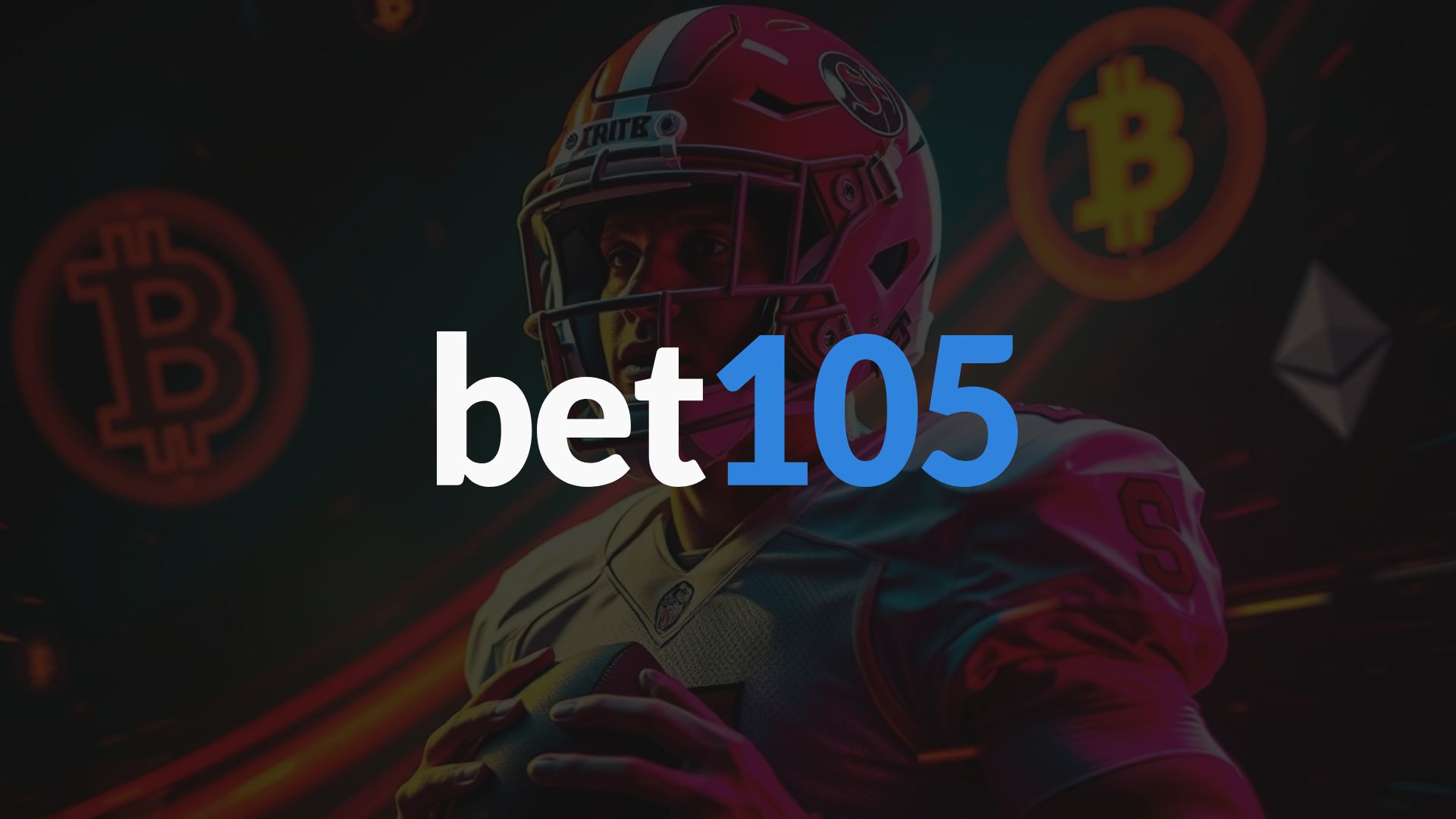Football Statistics: How Data is Changing Game Strategy
Introduction Football has undergone a major transformation in recent years due to the increasing role of data analytics. What

Introduction
Football has undergone a major transformation in recent years due to the increasing role of data analytics. What was once a game driven purely by instinct and experience is now heavily influenced by advanced statistics, predictive modeling, and real-time analysis. From team strategy and player performance to betting markets, data is now a crucial component in decision-making at all levels of the game.
This article explores how football statistics are shaping game strategy, how teams and bettors use data to gain an edge, and how analytics can influence betting decisions.
The Rise of Data-Driven Football
1. The Role of Analytics in Team Strategy
Football teams have embraced analytics to improve decision-making on and off the field. Coaches and analysts use data to optimize formations, player positioning, and tactical approaches. Advanced metrics such as Expected Goals (xG), Possession Value, and Pressing Intensity help teams evaluate their effectiveness beyond traditional stats like goals and assists.
For example, xG measures the quality of a scoring opportunity based on variables like shot distance, angle, and defensive pressure. A team that consistently outperforms its xG may indicate strong finishing ability, while a team underperforming its xG may struggle to convert chances.
2. Player Performance Analysis
Scouts and analysts use performance data to assess players’ strengths and weaknesses. Metrics like Pass Completion Percentage, Key Passes, Interceptions, and Distance Covered per 90 Minutes provide insights into a player’s impact on the game.
Elite clubs use tracking data to analyze players’ movements and positioning to maximize efficiency on the field. This data also influences player recruitment, as teams look for specific skill sets based on statistical models rather than subjective scouting alone.
3. The Influence of Data on In-Game Decisions
Real-time analytics play a crucial role in live football strategy. Coaches rely on data to make tactical adjustments, decide substitutions, and analyze opposition weaknesses. Wearable technology allows teams to monitor player fatigue levels, helping prevent injuries and optimize fitness management.
For instance, if data shows that a full-back is struggling against an opposing winger, a coach may adjust defensive positioning or substitute a fresh defender. Similarly, analytics on set-piece success rates influence decisions on corner kick and free-kick strategies.
How Data Impacts Football Betting
1. Expected Goals (xG) and Over/Under Betting
The xG metric has revolutionized football betting, particularly in Over/Under markets. Bettors who analyze xG data can better predict whether a match is likely to have many or few goals. If a team consistently generates high xG but struggles to score, they may be due for positive regression, making the Over a strong betting play.
2. Possession and Tempo Analysis in Betting
Teams that dominate possession but struggle to create clear chances often frustrate bettors. High possession numbers may not translate to goal-scoring opportunities if a team lacks penetration. Bettors should analyze possession alongside metrics like shots on target and penalty box entries to determine a team’s attacking effectiveness.
Conversely, teams that play at a high tempo and press aggressively tend to create more chances and force defensive errors. Understanding these dynamics can help bettors identify value in goal markets or handicap lines.
3. Defensive Metrics and Clean Sheet Betting
Defensive statistics such as Expected Goals Against (xGA), Pressures per 90 Minutes, and Aerial Duels Won provide insights into a team’s ability to keep clean sheets. Bettors looking to wager on clean sheet markets or “Both Teams to Score” (BTTS) bets can leverage these stats to make informed decisions.
For example, a team with a low xGA and a high percentage of duels won in their defensive third is more likely to secure a shutout. On the other hand, teams with high xGA and poor defensive organization may struggle to prevent goals.
4. Home vs. Away Performance Analysis
Teams often perform differently at home versus away due to factors like fan support, travel fatigue, and pitch conditions. Home teams tend to have higher possession and create more goal-scoring chances. Analyzing Home/Away splits in key metrics can help bettors identify betting value.
If a team has a strong home record with a high goal differential, they may be worth backing in home matches. Conversely, teams with poor away defensive stats may be vulnerable to conceding multiple goals on the road.
5. The Impact of Set-Piece Data on Betting
Set pieces play a crucial role in modern football, and bettors who understand set-piece efficiency can find hidden betting value. Some teams rely heavily on corners and free kicks for goals, while others struggle to defend them.
For example, a team that scores a high percentage of goals from corners may have an edge against opponents who struggle to defend set-pieces. Bettors can use these insights for markets like “Team to Score from a Set-Piece” or “Total Corners Over/Under.”
How to Use Data for Smarter Betting Decisions
1. Track Advanced Metrics Regularly
Bettors should go beyond traditional stats and incorporate advanced metrics into their analysis. Websites that provide xG, xGA, possession value, and pressing statistics can give a clearer picture of team strengths and weaknesses.
2. Compare Team Styles Before Placing Bets
A possession-heavy team facing a counter-attacking side may struggle to break down a deep defensive block. Analyzing team styles can help bettors predict match outcomes more accurately.
3. Look for Value in Lesser-Known Markets
Instead of only betting on traditional markets like Match Result or Over/Under, consider specialized bets such as:
- First Half Goals
- Total Shots on Target
- Player Passing Accuracy
- Cards and Fouls Markets
These markets often provide better value as they are less influenced by public betting patterns.
4. Use Live Betting to Take Advantage of In-Game Trends
Real-time data allows bettors to react to in-game trends. If a team is dominating possession and generating high xG but hasn’t scored yet, a live bet on them to score may offer good value. Similarly, if a key player is injured mid-game, betting against their team can be a profitable strategy.
Conclusion
Football statistics have changed the way teams approach strategy and how bettors analyze matches. Advanced metrics like Expected Goals, possession value, and defensive efficiency provide deeper insights into game dynamics. By leveraging data-driven analysis, bettors can make smarter decisions and find value in the betting markets.
For the best odds and a data-driven betting experience, check out bet105.












